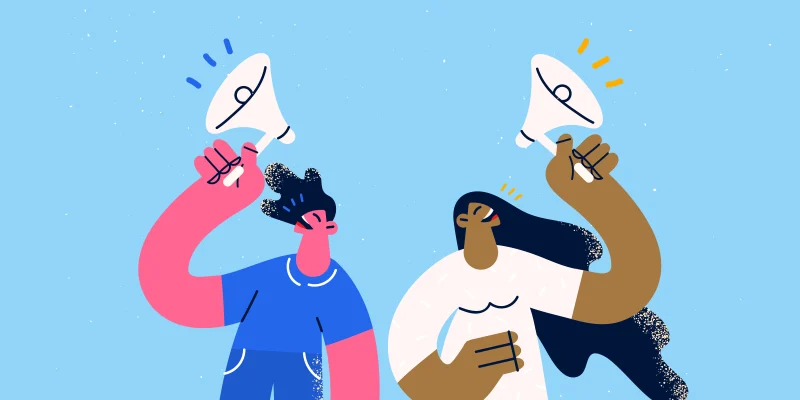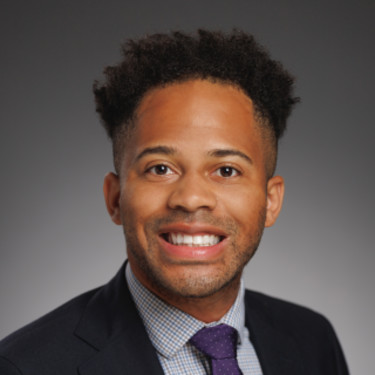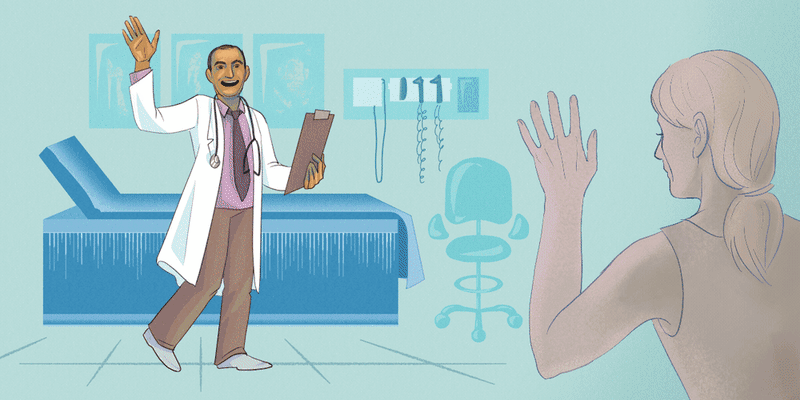“Huh,” my orthopaedic surgeon rhetorically asked the resident shadowing him in clinic, “I wonder how many people we operate on would have gotten better on their own without surgery?”
Eight weeks earlier, a tumble down marble steps at the Lincoln Park Zoo left my left tibia and fibula broken when my 34-week pregnant body crushed my unsuspecting ankle. After an ER workup, casting, and observation in the maternity unit next door, I finally arrived home at 1 in the morning. My still very oversized (and now casted) self scooted up one step at a time backward on my bottom to get up to our second-floor condo. My sister and I were laughing so hard I was thankful for residual bladder control.
At my initial orthopaedic appointment, I learned the break was just on the cusp of requiring surgery. So, because I was pregnant, we decided eight weeks of casting would be sufficient. Relieved, but extremely uncomfortable and too poorly coordinated to use crutches, I rented a knee scooter and rolled around for the rest of my pregnancy. The week prior to my scheduled 40-week induction, I begged the orthopaedic surgeon to remove the cast a bit early; he acquiesced probably because he was petrified his ortho team would have to make a trip to labor and delivery to remove an amniotic fluid-soaked cast.
At the postpartum, post-cast follow-up appointment, the X-rays confirmed excellent healing, prompting my surgeon to wonder aloud to the resident about the healing powers of the body without their surgical interventions.
This is actually what fascinates me most about medicine and the human body: our ability to heal from within. Our body’s innate ability to fight infections, regenerate bone, heal open wounds, rebuild new synapses, smile again after unspeakable grief and trauma. Now, don’t get me wrong. I also strongly appreciate the value of antibiotics, surgeries, and antidepressants. But, sometimes watchful waiting, fewer interventions, and close follow-up are also reasonable options.
The Lincoln Park Zoo incident happened 18 years ago, but this past year I found myself in familiar territory again. A trip over my own two bare feet onto asphalt pavement left my right foot bruised, swollen, and in an enormous amount of pain given the short fall. After three weeks of limping around on it, using a boot I ordered online, I went to the podiatrist because the pain was not improving. The films revealed a terrible fifth metatarsal fracture, confirming the old adage that doctors make the worst patients. Oops.
Once more, I was told surgery is typically needed. But I had waited just long enough that the bone had begun to heal, and watchful waiting would be an unconventional, but possible, option.
I booted the foot religiously for a few months and repeated X-rays revealed wonderful healing. The podiatrist was blown away by the success of a nonoperative approach. Once again, my clinician pondered how often patients undergo unnecessary, invasive procedures and surgeries. He thought this was particularly the case given modern malpractice worries, where doing “nothing” with less-than-ideal outcomes may be worse than interventions with known potential complications. He offered me a nonoperative option because he knew I understood that medical decisions are nuanced and not always clear-cut (no pun intended).
All medical interventions carry potential benefits and risks, including supportive care and watchful waiting. But in these times we allow the human body to heal itself — to respond to damage with remodeling and repairing — we are renewed with a greater appreciation for the limitations of our medical interventions and the potential of our own bodies’ restoration.
Have you ever pursued a nonoperative approach for a broken bone? Share your experience in the comments!
Dr. Jennifer Rubin is a child neurologist with specialized training and interest in acquired demyelinating diseases (multiple sclerosis, transverse myelitis, neuromyelitis optica) and genetic white matter diseases (leukodystrophies). She also serves as chairperson of the hospital’s IRB.
Image by GoodStudio / Shutterstock







